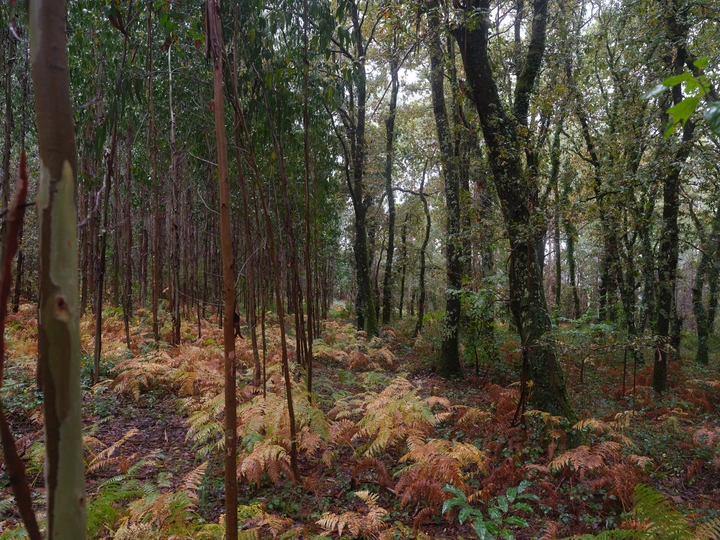It was all fields once

Sophia Garner
Ina Valkanova
We are a curatorial and research collective formed by Juan Barcia Mas, Ina Valkanova, and Sophia Garner, three architects working at the intersection of spatial practice, critical theory, and exhibition-making. Our collaboration began within the framework of the Chair of Architecture and Urban Transformation at ETH Zurich and the European research network New Ruralities, which investigates the cultural, political, and ecological dimensions of the contemporary countryside.
We share a common interest in rethinking curating as a spatial and collective practice—one that can activate public discourse, connect across disciplines, and respond to urgent social and ecological questions. In 2025, we co-curated It was all fields once, our first independent exhibition project. The exhibition brought together over 40 contributors and was realized in partnership with institutions such as CIVA Brussels, TRACK, ULB, ETH D-ARCH, and Pro Helvetia. We led the process from concept to fundraising, design, production, and programming.
Juan Barcia Mas has curated exhibitions at gta exhibitions and ZHdK and is currently co-editing the publication Through Bodies and Buildings on architecture and sexuality.
Sophia Garner is a landscape architect and founder of UT SOL, a practice focusing on the relationship between spatial design and embodied care.
Ina Valkanova recently completed her PhD at ETH Zurich on production and place-making in Bulgaria and leads Gradoscope, an urban initiative reactivating post-industrial sites.
Our backgrounds combine curating, architectural research, scenography, and feminist and decolonial theory. We aim to develop curatorial formats that extend beyond disciplinary and institutional boundaries.
It was all fields once is a curatorial project that investigates the shifting identity of the European countryside. Developed as part of the research network New Ruralities, the project was exhibited in July 2025 across two venues in Brussels: CIVA and TRACK. It brought together spatial installations, artistic interventions, and discursive contributions by architects, artists, researchers, and local initiatives to challenge the dominant perception of the rural as a space of regression, backwardness, or emptiness.
The exhibition unfolded along two complementary lines: CIVA functioned as an archive of rural practices, collecting evidence of material, ecological, and social change in European hinterlands, while TRACK served as a laboratory, where artistic and spatial practices reinterpreted the countryside as a site of experimentation, resistance, and future-building.
From seasonal labour migration to ecological collapse, from land ownership to gendered choreographies of care, the project addresses the rural as a crucial terrain of negotiation for planetary survival.
Initiated and realised independently by our curatorial team, the project also reflects on the conditions of self-organised cultural production and the possibilities of activating new institutional models. As a methodology, it proposes a curatorial approach that is situated and collaborative. It enabled and fostered bringing together actors and practices from different backgrounds and disciplines, from agricultural science to performance, laying a foundation for relationships to emerge around the notion of the rural that would otherwise not. Going forward, we envision It was all fields once as an evolving platform for research and public programming, adaptable to different contexts. LINA offers the opportunity to deepen these inquiries through new site-specific iterations and to connect with institutions and practitioners who share our commitment to ecological and spatial justice.